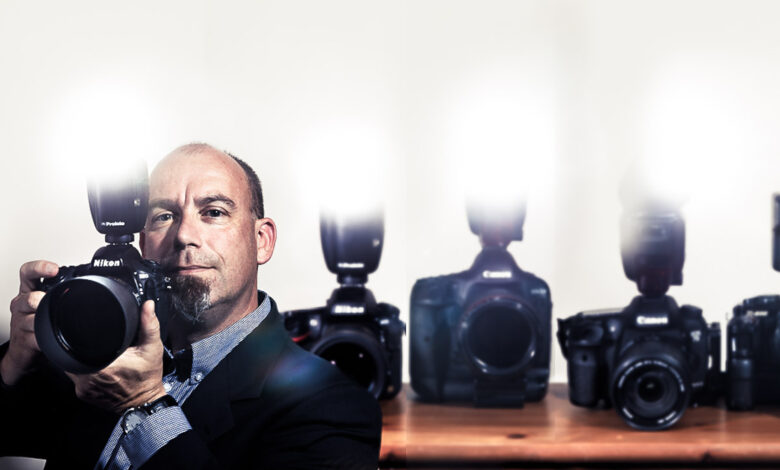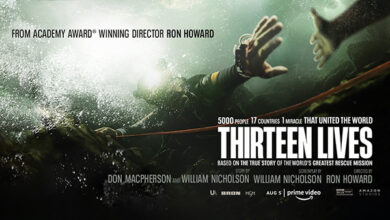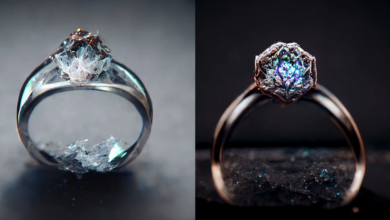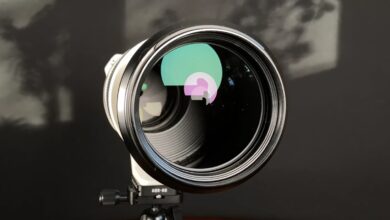Don’t be afraid to use TTL Flash, but use it properly for best results

If you dive into flash photography, it is said that manual flash is the only way to go. It provides full control over the amount of light. While this is true, there are situations when TTL flash metering is a better choice. I’m talking about on-camera flash photography.
Have you ever used an on-camera flash? I’m not talking about a built-in flash, but a full-size flash with a swivel and tilting unit. If you did, what were the results? Do you use on-camera flash as a last resort? Some reject the use of flash entirely, calling themselves natural light photographers. I personally know a few people, and I also know why they refuse to use flash. They don’t know how to use it properly.
While flash can be used for many types of photography, such as macro, sports, and nature, it is primarily intended for studio work. A studio that offers full control over light and subject. You can also take your studio outdoors and mix ambient light with flash.
Using Flash for Studio and Outside
Studio and outdoor photography have one thing in common that the distance between the light source and the subject does not change. This means that we can set the flash power to the required level once and stay there as long as the distance does not change. Only when we change the light settings does the flash exposure have to be done.
All of this will change if the distance between the subject and the flash will be different for each shot. If we had to measure the flash exposure for each shot, then flash photography would become almost impossible. Weddings, receptions and similar events are situations when this happens. Fixed lighting couldn’t be set up, so we needed to bring a flash. Since we move around the room, the distance between the flash and the subject will never be the same twice. An automatic flash exposure measurement such as a TTL flash is the solution.
TTL Flash for versatility
If we put a flash on the camera, TTL will be very useful. The system will measure the amount of flash power required at all times just before the photo is taken. It activates the pre-flash and measures exposure through the lens; which stands for TTL. This way, the system knows exactly how much light is needed for the correct exposure.
The beauty of the system is its flexibility. You can choose any aperture or ISO you want within the limit. You can also use any shutter speed you like, even outside of flash sync, if you activate high-speed sync. As long as the flash unit can provide the necessary amount of light, your subject will get the proper exposure.
If the flash exposure is not to your liking, an equivalent flash is available to compensate. This way you can vary the flash output by the desired number of stops. Flash exposure value (FEV) allows you to correct any faulty flash output measured and set by the TTL system.
While the exposure will be correct, it is not flattering light. After all, you still have live flash. So you need to get better light. This is where flash technology comes in.
Proper TTL Flash technique is required
A photograph will always benefit from good lighting. If you use flash and strobe lights, you also need to make sure this is the case. It basically means that there is no direct flash, but rather from an angle. Unfortunately, there will be cases where you are forced to use direct light. But with the right technique, you can still create the best exposure possible.
Just to recap: if you use flash, it’s imperative that you know the difference between ambient exposure and flash exposure. First, you need to dial in the ambient exposure by setting the aperture, ISO, and shutter speed. Next, you adjust the amount of flash until your subject has the proper exposure. With TTL flash this is done for you, but you may need to adjust with flash exposure value (FEV setting). This way you achieve the best possible balance between the exposure of your subject and its surroundings.
If you need to use live flash, this is also a way to reduce the hideous flash light that everyone hates. You will only add the amount of fill light needed to bring out the subject. It’s not ideal, but you’re no longer dependent on available light.
Better way to use TTL flash on camera
What makes a good flash photo? Basically, there are two things. The first is a large light source to get soft light, the second is a directional light. This is why studio spotlights are usually equipped with a large softbox and placed in an angle. It casts great shadows on the subject, creating depth.
You can achieve this with on-camera flash by rotating and tilting the flash head. Simply turn your head towards a nearby wall and turn the flash towards the subject. The wall will act as a large softbox, usually larger than those used in the studio. At the same time, light will hit the subject from an angle. In one simple action, you create directional and soft light.
Combine this with proper ambient exposure and you’ll have a fairly natural looking photo. In an ideal situation, you wouldn’t notice that the flash was used.
However, as long as the subject can see the flash itself, direct light will flood the subject. By adding a flag, you can prevent this light spill. The subject will only be illuminated by the directional light. If the wall you knock out is colored in any way, tinting may occur. In that case, you might want to forget a flag. A little light spill can lift the tone.
If you don’t have a wall for bounce light, try looking for something else. Windows, mirrors, or even someone else wearing light-colored clothing. Try to prevent the flash from bouncing off the ceiling, as you run the risk of bad shadows under your eyebrows, nose, and chin, unless the room you’re in is relatively small so the light can fill the whole room.
Do you use on-camera flash with TTL?
I’ve used on-camera flash for years, always activating the TTL system. There are times when it is very difficult to get the best possible results and I have to rely on direct flash, especially in dark rooms, halls and churches, when there is nothing to turn on the light.
But with a good balance between ambient light and flash, I got a good result. Thanks to the TTL system, I was flexible and fast enough to capture a lot of great moments.
But when I have time, I prefer to turn off the camera flash and use it in manual mode. It uses available technology when the situation calls for it. In the end, it’s about getting the best results possible.




